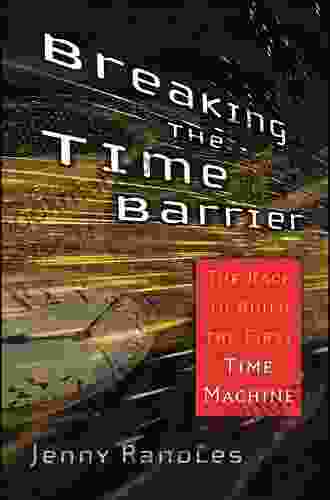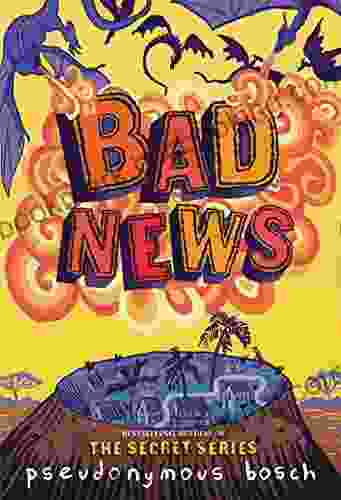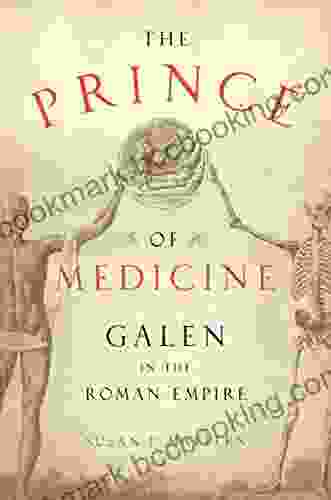The Race To Build The First Time Machine

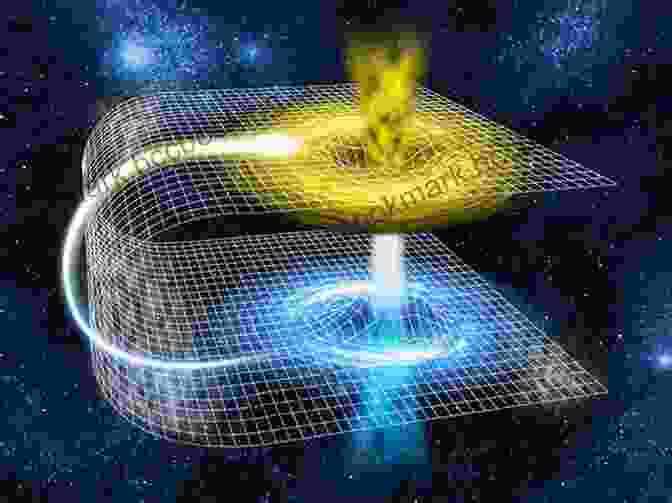
4.2 out of 5
| Language | : | English |
| File size | : | 635 KB |
| Text-to-Speech | : | Enabled |
| Screen Reader | : | Supported |
| Enhanced typesetting | : | Enabled |
| Word Wise | : | Enabled |
| Print length | : | 288 pages |
For centuries, humans have dreamed of traveling through time. We've seen it in movies, read about it in books, and even pondered the possibility ourselves. But until now, it has always seemed like a pipe dream. Now, however, a group of brilliant scientists are on the cusp of making this dream a reality.
In The Race To Build The First Time Machine, journalist and physicist Michio Kaku takes us on an exhilarating journey through the history of time travel science. He introduces us to the key players in the field, from Albert Einstein to Stephen Hawking, and he explains the complex theories that underlie their work.
Kaku also takes us behind the scenes of the cutting-edge experiments that are pushing the boundaries of what is possible. He shows us how scientists are using lasers to create wormholes, how they are harnessing the power of quantum mechanics to teleport objects, and how they are even developing ways to travel faster than the speed of light.
The Race To Build The First Time Machine is a fascinating and thought-provoking look at one of the most ambitious scientific endeavors of our time. It is a story of human ingenuity, perseverance, and the relentless pursuit of the impossible.
Chapter 1: The Dream of Time Travel
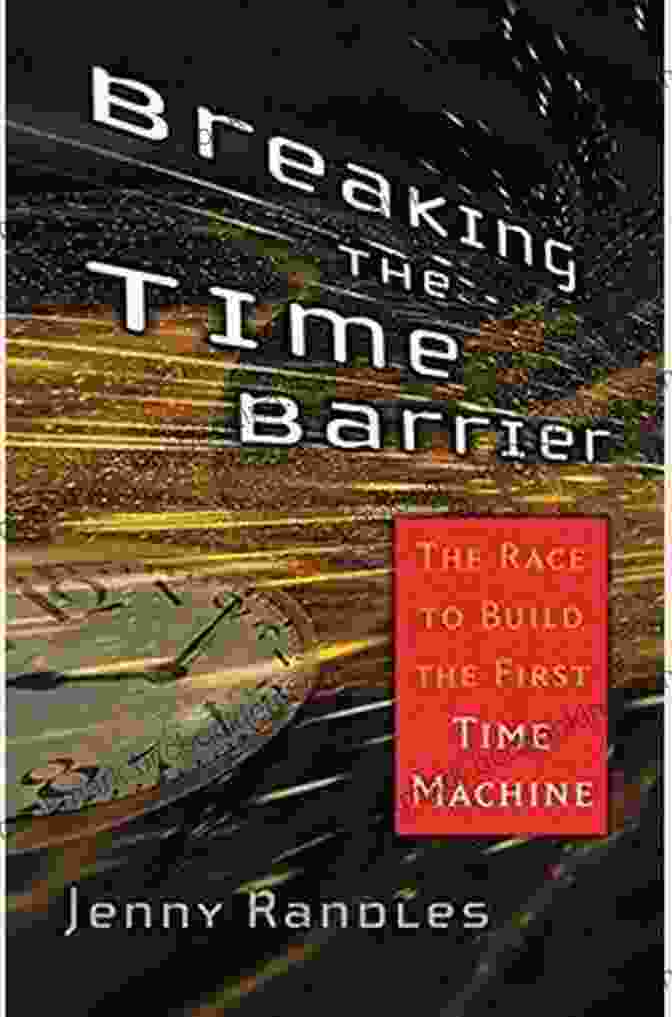
The dream of time travel has captivated the human imagination for centuries. From the ancient Greeks to the modern day, people have wondered what it would be like to travel back in time to change the past or to visit the future.
The first person to seriously consider the possibility of time travel was Albert Einstein. In 1905, Einstein published his theory of special relativity, which showed that time is not absolute. Instead, time is relative to the observer's frame of reference.
Einstein's theory of special relativity suggested that it might be possible to travel through time by traveling at very high speeds. However, Einstein also showed that it would require an enormous amount of energy to travel at such high speeds.
Chapter 2: The Wormhole Theory
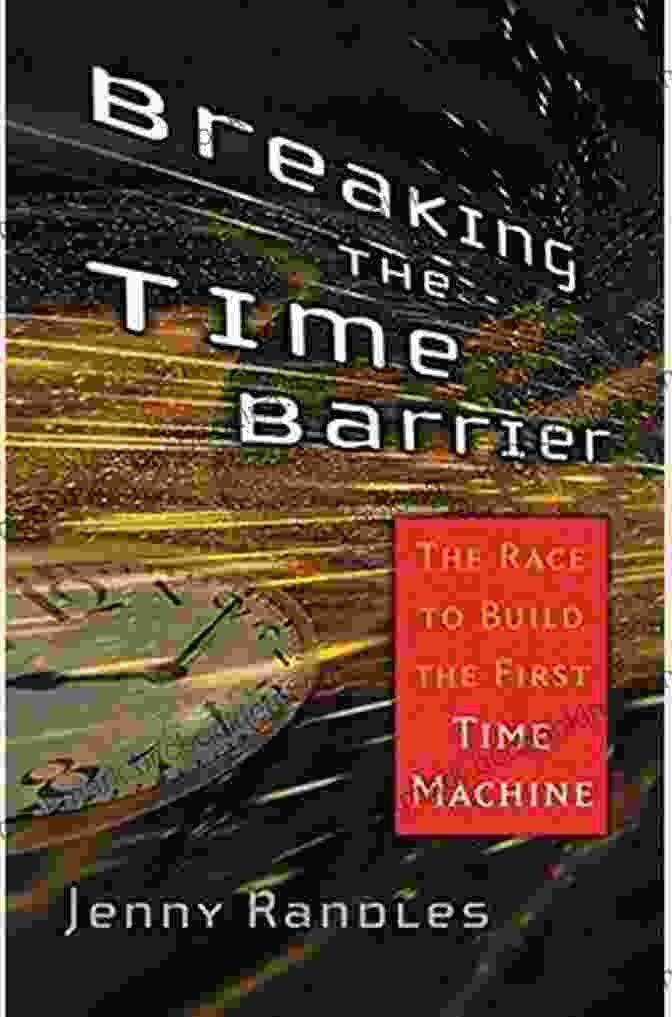
In 1916, Einstein published his theory of general relativity, which expanded on his theory of special relativity. General relativity showed that gravity is not a force, but rather a curvature of space-time.
Einstein's theory of general relativity also suggested that it might be possible to travel through time by creating a wormhole. A wormhole is a hypothetical tunnel that connects two points in space-time. By traveling through a wormhole, it would be possible to travel from one point in time to another.
However, creating a wormhole would require an enormous amount of energy. And even if a wormhole could be created, it is not clear whether it would be possible to travel through it without being destroyed.
Chapter 3: The Quantum Time Machine
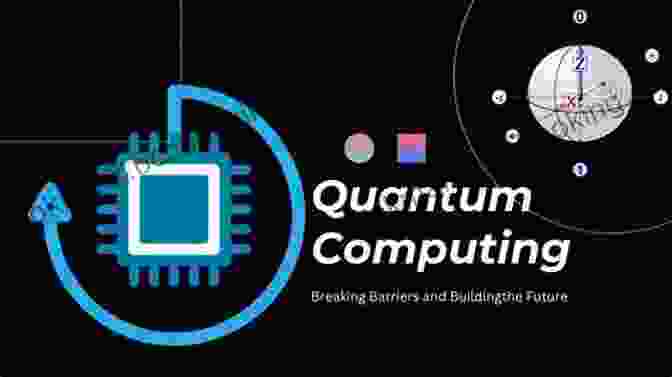
In recent years, physicists have begun to explore the possibility of using quantum mechanics to travel through time. Quantum mechanics is the theory that governs the behavior of subatomic particles.
Quantum mechanics suggests that it might be possible to create a quantum time machine by using a quantum computer. A quantum computer is a computer that uses the principles of quantum mechanics to perform calculations.
Quantum time machines are still in the early stages of development, but they have the potential to revolutionize our understanding of time travel. If quantum time machines can be perfected, it would open up the possibility of traveling to any point in time.
The Race To Build The First Time Machine is a fascinating and thought-provoking look at the possibility of time travel. Kaku takes us on a journey through the history of time travel science, from the early
4.2 out of 5
| Language | : | English |
| File size | : | 635 KB |
| Text-to-Speech | : | Enabled |
| Screen Reader | : | Supported |
| Enhanced typesetting | : | Enabled |
| Word Wise | : | Enabled |
| Print length | : | 288 pages |
Do you want to contribute by writing guest posts on this blog?
Please contact us and send us a resume of previous articles that you have written.
 Book
Book Novel
Novel Page
Page Chapter
Chapter Text
Text Story
Story Genre
Genre Reader
Reader Library
Library Paperback
Paperback E-book
E-book Magazine
Magazine Newspaper
Newspaper Paragraph
Paragraph Sentence
Sentence Bookmark
Bookmark Shelf
Shelf Glossary
Glossary Bibliography
Bibliography Foreword
Foreword Preface
Preface Synopsis
Synopsis Annotation
Annotation Footnote
Footnote Manuscript
Manuscript Scroll
Scroll Codex
Codex Tome
Tome Bestseller
Bestseller Classics
Classics Library card
Library card Narrative
Narrative Biography
Biography Autobiography
Autobiography Memoir
Memoir Reference
Reference Encyclopedia
Encyclopedia Jill Culiner
Jill Culiner Jeremy Schaap
Jeremy Schaap Tyler Gordon
Tyler Gordon Jens Voigt
Jens Voigt Jp Pullos
Jp Pullos Jessie James Decker
Jessie James Decker Jim Lee
Jim Lee Sanjida O Connell
Sanjida O Connell Jess Mikhail
Jess Mikhail Jeremy Asher Dauber
Jeremy Asher Dauber Joann Mills Laing
Joann Mills Laing Mia Dunham
Mia Dunham Johnny Oddsocks
Johnny Oddsocks Jeremy Benson
Jeremy Benson Lauren Baratz Logsted
Lauren Baratz Logsted Jenna Evans Welch
Jenna Evans Welch John Bemelmans Marciano
John Bemelmans Marciano Joe Carlen
Joe Carlen Jen Renzi
Jen Renzi Rocky Nielsen
Rocky Nielsen
Light bulbAdvertise smarter! Our strategic ad space ensures maximum exposure. Reserve your spot today!

 Carlos FuentesQueen Pin Jemeker Thompson Hairston: The Untold Story of a Trailblazing Drug...
Carlos FuentesQueen Pin Jemeker Thompson Hairston: The Untold Story of a Trailblazing Drug... Walt WhitmanFollow ·3.4k
Walt WhitmanFollow ·3.4k Gabriel BlairFollow ·7.2k
Gabriel BlairFollow ·7.2k Austin FordFollow ·7k
Austin FordFollow ·7k Theodore MitchellFollow ·7.5k
Theodore MitchellFollow ·7.5k Edwin BlairFollow ·10.2k
Edwin BlairFollow ·10.2k Ervin BellFollow ·5k
Ervin BellFollow ·5k Clinton ReedFollow ·6.5k
Clinton ReedFollow ·6.5k Simon MitchellFollow ·10.7k
Simon MitchellFollow ·10.7k
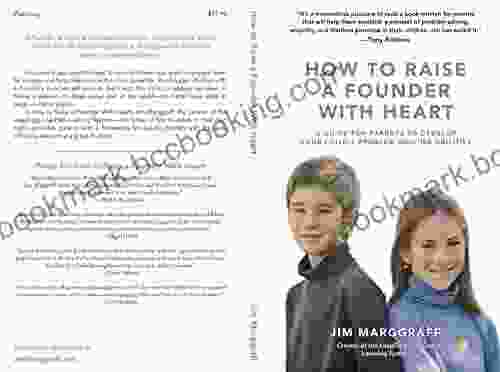
 Patrick Rothfuss
Patrick RothfussGuide for Parents: Unlocking Your Child's Problem-Solving...
As a parent, you...

 Ignacio Hayes
Ignacio HayesThe Good Girls of Al Noor: A Gripping Tale of Hope and...
On March 15, 2019, a...

 Lee Simmons
Lee Simmons50 Games and Activities for All the Turkeys at Your...
Thanksgiving is a time for family, friends,...
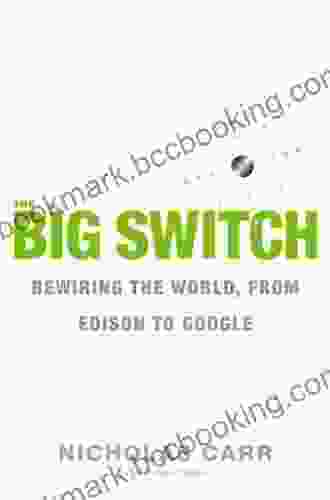
 Sean Turner
Sean TurnerRewiring the World: From Edison to Google - The...
A Captivating...
4.2 out of 5
| Language | : | English |
| File size | : | 635 KB |
| Text-to-Speech | : | Enabled |
| Screen Reader | : | Supported |
| Enhanced typesetting | : | Enabled |
| Word Wise | : | Enabled |
| Print length | : | 288 pages |


